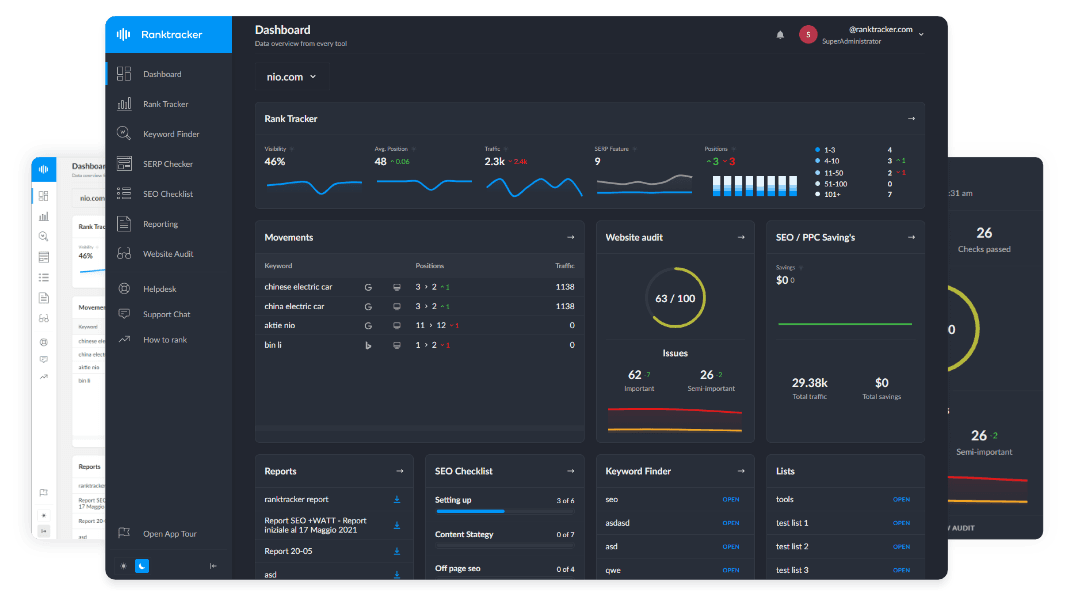Intro
What SEOs Need to Know About Changing Traffic Patterns in the Age of AI Search
As Google AI Overview becomes more prominent in search results, one of the most immediate impacts for SEOs and site owners is a shift in click-through rates (CTR). With Google’s AI-generated answers taking center stage, traditional organic links are being pushed further down the page—and sometimes, users don’t click at all. But how significant are these changes? Who’s most affected? And what can you do to protect (and grow) your search traffic in 2025?
Let’s break down the latest data, early trends, and practical takeaways for anyone serious about SEO.
What’s Happening to CTR With Google AI Overview?
The introduction of AI Overview creates a new “stop point” in the search experience. Instead of scrolling directly to organic listings or clicking a featured snippet, users are presented with:
-
A comprehensive, AI-generated answer to their query
-
Citations to 2–4 websites used as sources (sometimes with links, sometimes not)
-
Suggested follow-up questions and interactive features
This means:
-
Many users get the information they need right on the SERP—so-called zero-click searches rise.
-
Fewer users scroll down to click on classic blue links—even those ranking #1.
-
For the sites cited as sources, some may see brand visibility increase, but actual clicks may stay flat or even decline.
Which Queries Are Most Affected?
1. Informational and How-To Queries
-
Questions like “How to fix a leaking faucet,” “Best protein for muscle gain,” or “What is Google’s AI Overview?”
-
AI Overview provides a full answer, often reducing clicks to publisher sites.
2. Product Comparisons and Reviews
-
Searches such as “iPhone 16 vs Samsung S25 specs” or “Best CRM tools 2025.”
-
The AI Overview summarizes key differences and pros/cons, with source links sometimes far down the page.
3. Health, Science, and Finance Topics
-
YMYL (Your Money or Your Life) queries often trigger authoritative AI Overviews.
-
High trust in the summary can mean less exploration of source websites.
4. Educational and Research Questions
-
Schoolwork, quick facts, definitions, or step-by-step guides.
-
AI Overview gives a direct answer and often satisfies user intent instantly.
What Does the Early Data Show?
-
Industry studies (SEMRush, SISTRIX, Ranktracker Research) show a measurable drop in CTR for queries now dominated by AI Overviews.
-
Zero-click searches are increasing, with some verticals seeing 60% or more of users not clicking through to any result.
-
Sites that are cited as sources in AI Overview sometimes see an increase in impressions (brand visibility), but not always a matching rise in sessions or pageviews.
Note: There is wide variation. For some commercial, navigational, or transactional queries (e.g., “buy Nike Air Max online”), AI Overview is less likely to appear and organic CTR remains strong.
What Factors Influence Whether Users Click?
- Citation Placement:
Are your site’s links shown clearly below the summary, or are they hidden or competing with others?
- Brand Recognition:
Trusted, recognizable brands may attract more clicks when cited, even in an AI Overview.
- Depth of the Summary:
If the AI answer is short or incomplete, users may still click through for more detail.
How Can You Adapt Your SEO Strategy?
1. Track CTR and Traffic Trends Closely
-
Use Google Search Console, Ranktracker, and analytics tools to monitor how your top keywords perform as AI Overview rolls out.
-
Segment keywords that trigger AI Overview vs. those that don’t.
2. Optimize for Citation and Brand Authority
-
Make sure your site stands out in the summary by having a clear, authoritative brand and up-to-date content.
-
Use strong branding in meta titles and descriptions—users are more likely to click on sources they trust.
3. Offer Unique, In-Depth Content Beyond the Overview
-
Create value that goes deeper than a quick summary—offer data, original research, tools, calculators, interactive elements, or video.
-
Encourage users in the AI-cited summary to “learn more,” “see full guide,” or “get expert tips.”
4. Diversify Traffic Sources
-
Build audiences on owned channels: email newsletters, YouTube, podcasts, and social platforms.
-
Invest in community, direct, and referral traffic to offset changes in organic CTR.
5. Monitor Competitors and Adjust
-
Watch which competitors are being cited and how they structure their content.
-
Learn from sites with strong CTR even after being included in AI Overviews.
The Bottom Line
Google AI Overview is fundamentally reshaping click-through behavior. While some queries and verticals will be hit harder than others, all SEOs must adapt by focusing on authority, content depth, and smart brand positioning. By understanding and tracking CTR shifts—and making your site too valuable to ignore—you’ll be ready to thrive in the AI-powered search landscape of 2025.

